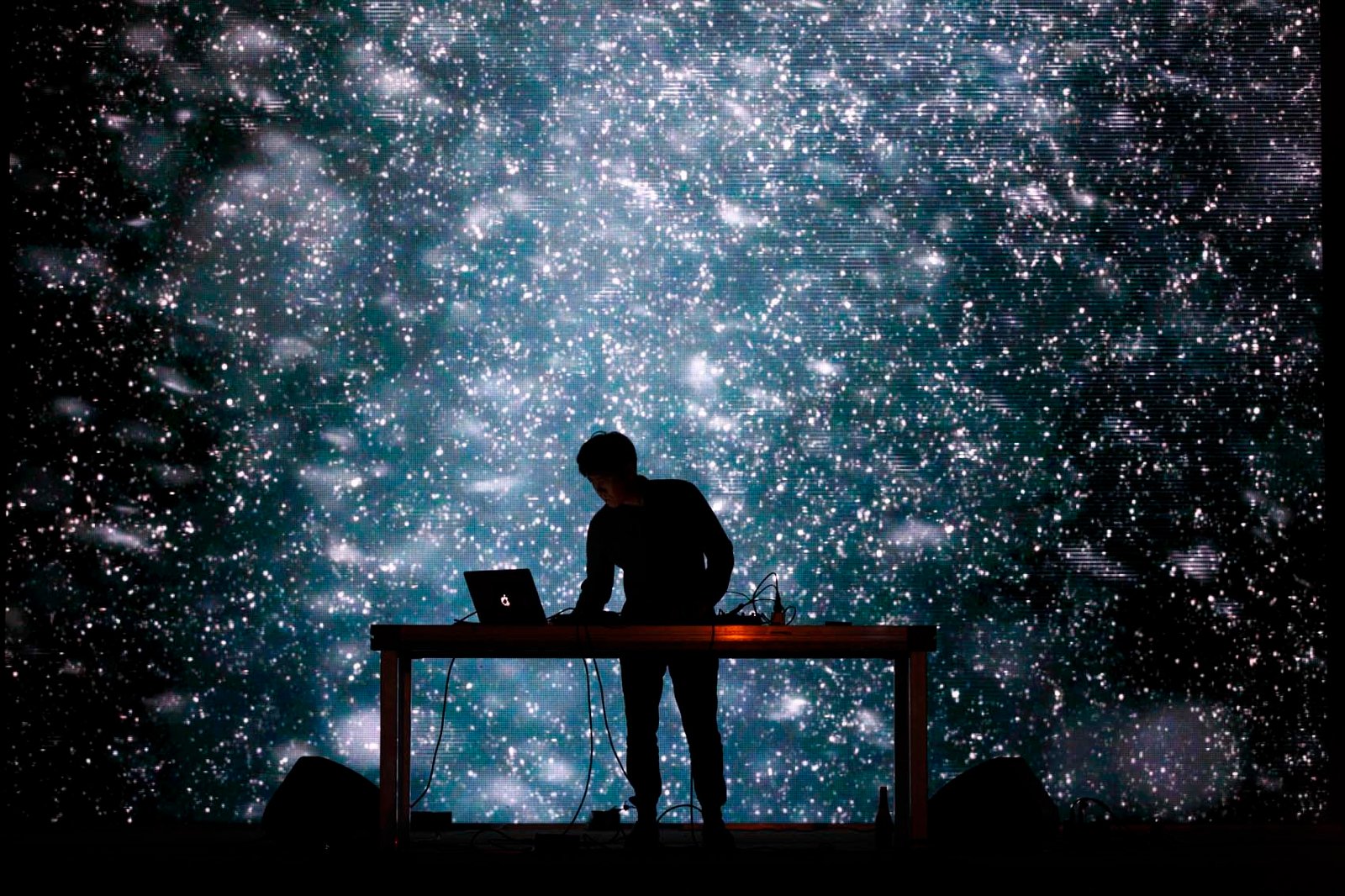MAKINO TAKASHI
video art
Makino Takashi is a Tokyo-based experimental filmmaker widely considered to be one of the most influential Japanese moving-image artists of his generation.
Here is PARACOLLIDER by Makino and sound artist Cal Lyall.
The history of cinema has been considered a separate entity to that of other art forms, primarily due to its connections with commerce. My approach to film counters this for I consider film to have a place amongst the other arts. Nevertheless, film does have qualities unique to itself, particularly in regard to its treatment of time and its relationship with an audience. The time a gallery visitor spends looking at a painting or sculpture is up to them; a cinema audience, on the other hand, is bound by the film’s own duration. While the audience experiences the film’s visual and sonic display, nonetheless, they are free to dwell into their own imagination. What fascinates me most about film expression is the potential for what is presented on the screen to collide with each individual viewer’s emotional landscape, and the new ‘image’ created inside the viewer’s mind resulting from this collision.
Like news reports of wartime Japan, films with stories or a precise structure throw images at an audience with their meanings already intact. Rather than making films with my own imposed structure, my method is to abandon structure altogether or, in other words, layer images that once embodied meaning on top of one another until they become unintelligible. I aim for the resulting composite ‘image’ to be like a nameless animate being with a limitless capacity for meanings, so that my films become triggers for an audience to venture into their own imagination. This desire is embodied in the title of my 2011 film Generator.
In commercial films, the techniques of superimposition and multiple exposure are tired signifiers to indicate a transition between scenes or a departure into a dream state. However, I see new potentials in these techniques. I have developed an alternative technique for multiple exposure that practices the principles of the collages made by the Surrealists of 1920s Paris. I believe people do not come up with things out of the blue but, instead, combine different things in their own ways to arrive at something new – collages and multiple exposure as techniques, for me, artistically deal with this very notion. In the layering of existing matter, my filmmaking method is to take images into territory even I cannot foresee and allow for them to flourish in their newfound environment.
My approach to sound similarly rejects synchronisation in favour of inserting audio and music seemingly unrelated to the images. My collaborations with musicians from overseas have been, in one sense, a way to stage such unforeseeable encounters.

